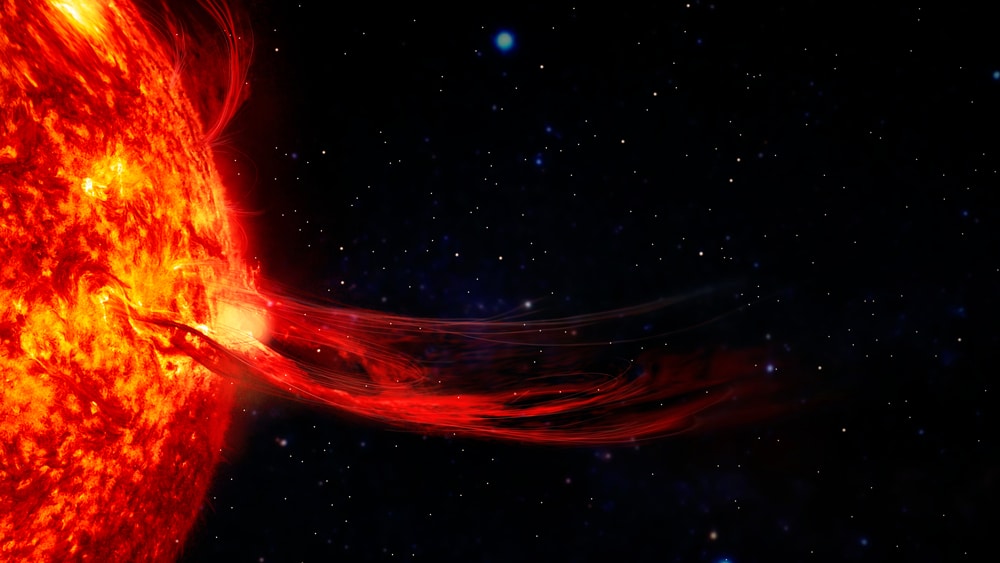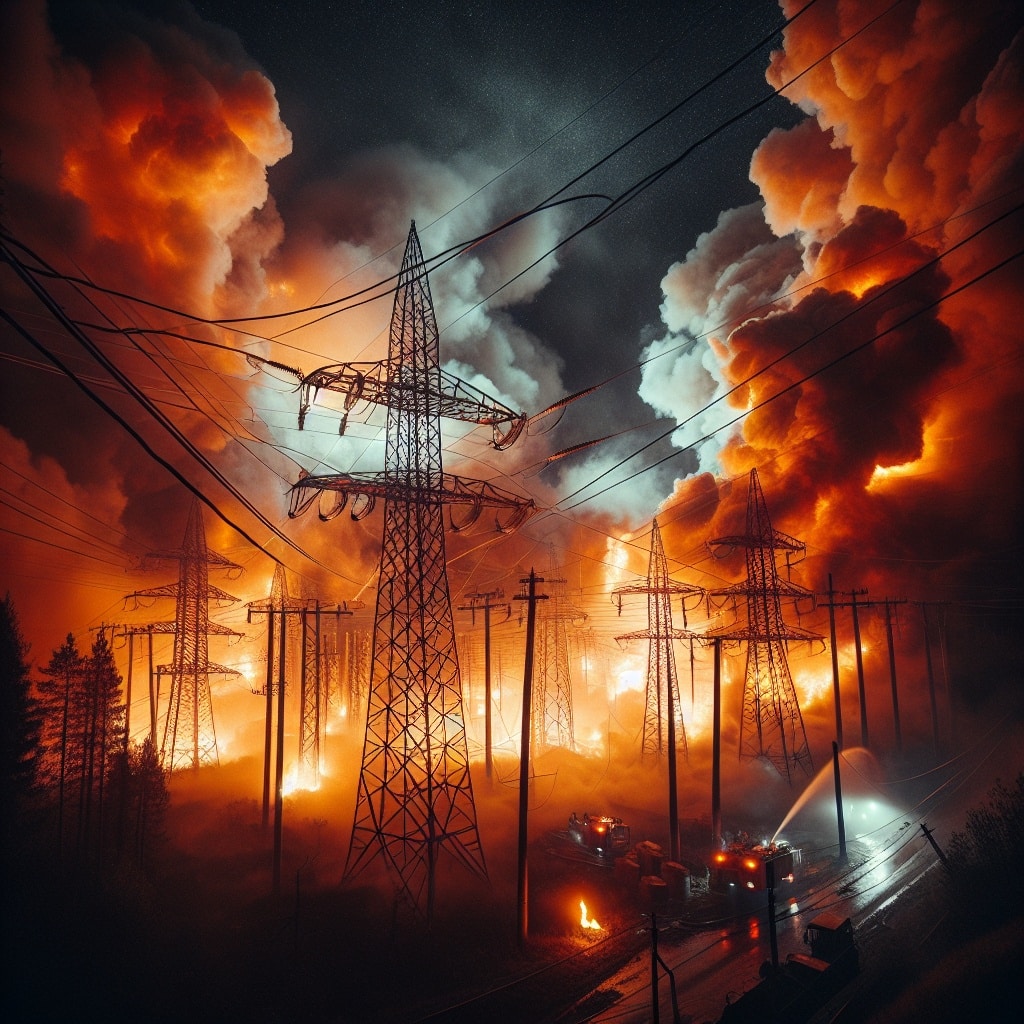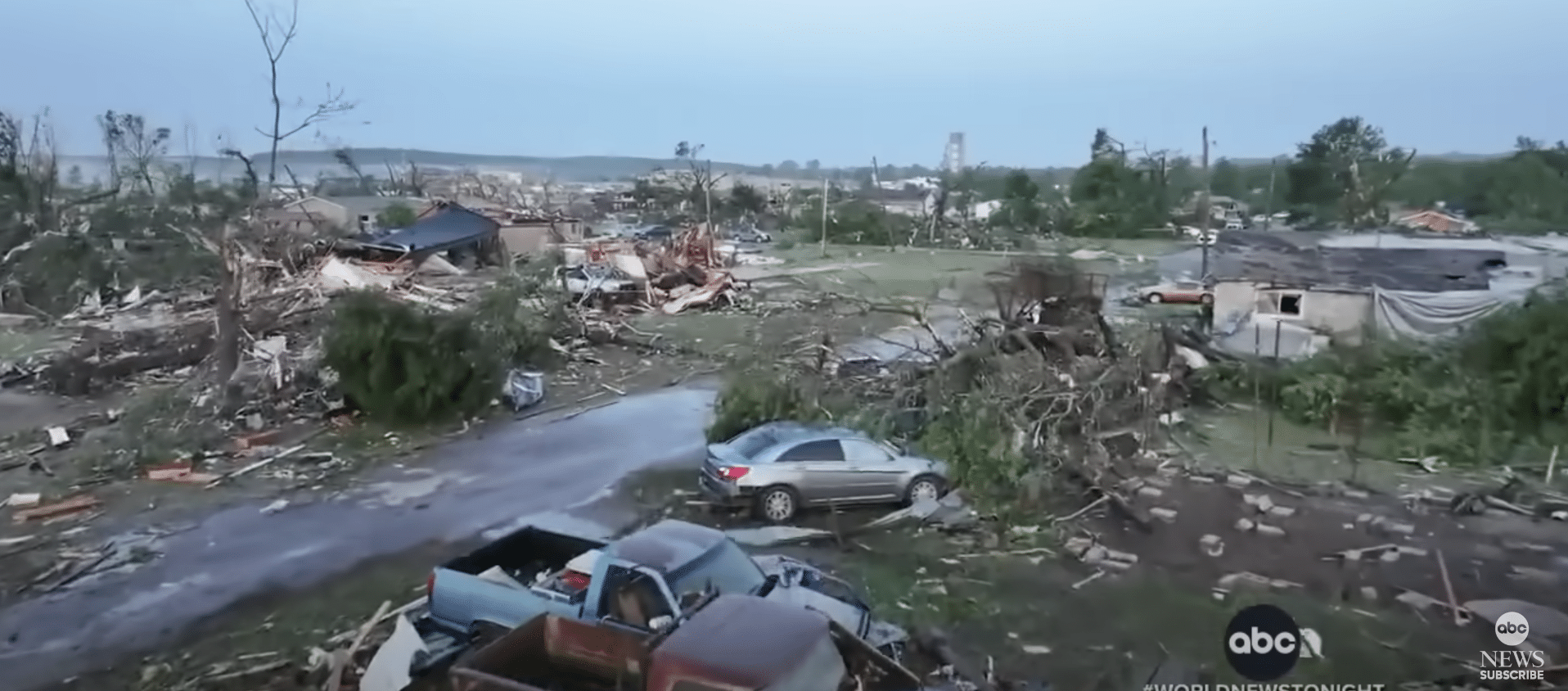A giant sunspot on the solar surface is set to explode, weather experts have revealed. The large sunspot is almost directly facing Earth, which means there’s a high likelihood of solar flares hitting Earth and causing a solar storm. The experts at SpaceWeather.com said: “Behemoth sunspot AR3112 is poised to explode.
“NOAA forecasters estimate a 65% chance of M-flares and a 30% chance of X-flares today. “Any eruptions will be geoeffective as the sunspot is almost directly facing Earth.” An M-class flare is considered medium strength and if one hits Earth it can cause brief radio blackouts around our planet’s poles.
X-class flares are much stronger and can cause planet-wide radio blackouts. They can also cause long-lasting solar storms. Solar flares are bursts of radiation from the Sun that sometimes hit Earth or shoot elsewhere in space. Nasa explains: “A solar flare is an intense burst of radiation coming from the release of magnetic energy associated with sunspots.”
Adding: “Flares are also sites where particles (electrons, protons, and heavier particles) are accelerated.” Solar flares can last just minutes or shoot out streams of radiation for hours. The good news is that Earth largely protects us from the damaging impact of solar flares by using its magnetic field.
They’re not threatening the health of humans on Earth but sometimes pose a threat to astronaut safety. They can impact satellite communications as well as cause radio blackouts. In 1989, a strong solar eruption shot so many electrically charged particles at Earth that the Canadian Province of Quebec lost power for nine hours. Communications usually return to normal once a solar storm is over. (SOURCE)


















